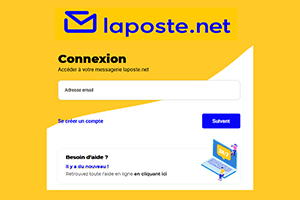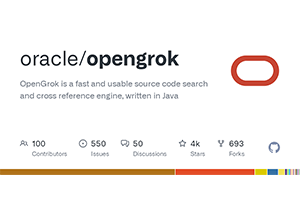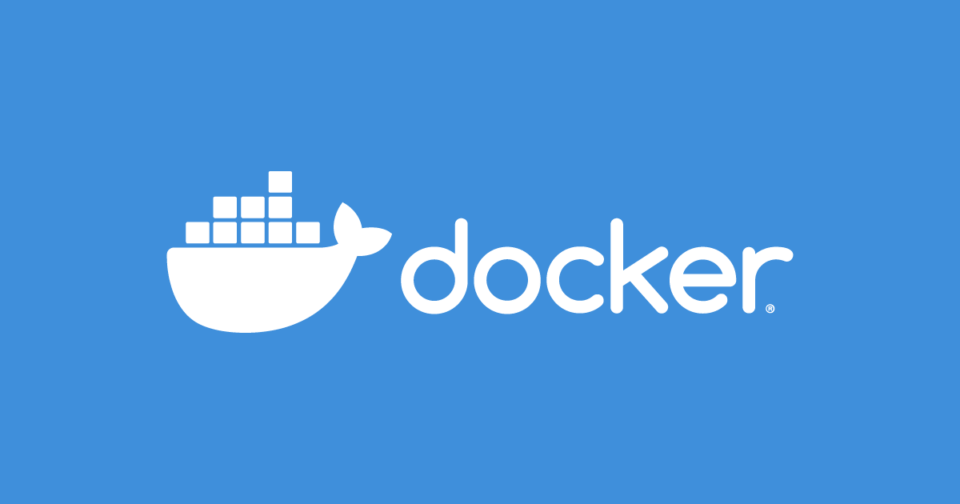FROM golang:1.18beta1-bullseye as builder
WORKDIR /build
COPY go.mod.
COPY go.sum.
COPY vendor.
COPY..
RUN CGO_ENABLED=0 GOOS=linux GOARCH=amd64 GOAMD64=v3 go build -o ./app main.go
FROM gcr.io/distroless/base-debian11
COPY --from=builder /build/app /app
ENTRYPOINT ["/app"]Use multi-stage build to keep my image size.
The first stage is the official Go mirror
The second stage is Distroless
Before Distroless, I used the official Alpine mirror.
There is a lot of discussion on the Internet about choosing which is the best base mirror for Go.
After reading some blogs, I found that Distroless is a small and safe base image.
So I persisted for a while
Remember to match the Distroless Debian version with the official Go image Debian version
FROM golang:1.18beta1-bullseye as builderThis is the Go image I used for the build stage
WORKDIR /build
COPY go.mod.
COPY go.sum.
COPY vendor.
COPY..My /build used to emphasize that I was building something in that directory.
COPY If you use enough Go, these 4 lines will be familiar.
The first is go.mod and go.sum, because it defines the go to module.
The second is the vendor because I use a lot, this is not necessary, but I use it because I don’t want to re-download the Go module every time I build a Dockerfile
RUN CGO_ENABLED=0 GOOS=linux GOARCH=amd64 GOAMD64=v3 go build -o ./app main.goThis is where I build Go programs.
CGO_ENABLED=0 because I don't want to mess up the C library.
GOOS=linux GOARCH=amd64 is easy to explain, Linux and x86-64.
GOAMD64=v3 is new since Go 1.18,
I use v3 because I read about AMD64 version in Arch Linux rfcs. TLDR’s newer computer is already x86-64-v3
FROM gcr.io/distroless/base-debian11
COPY --from=builder /build/app /app
ENTRYPOINT ["/app"]Finally, I copied the app to the Distroless base image




Post comment 取消回复